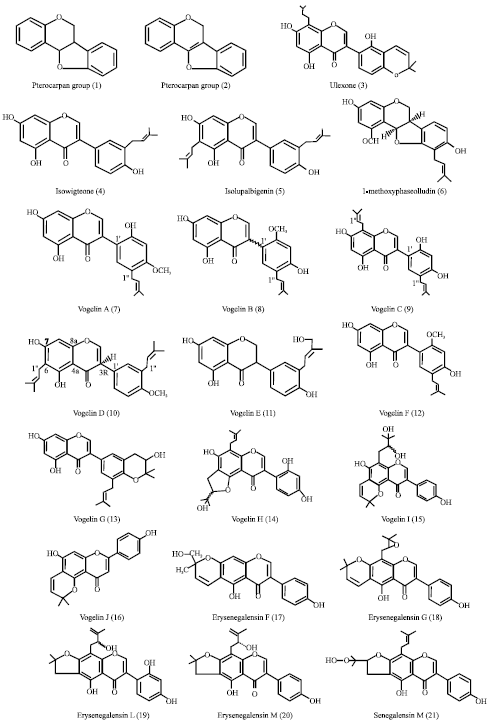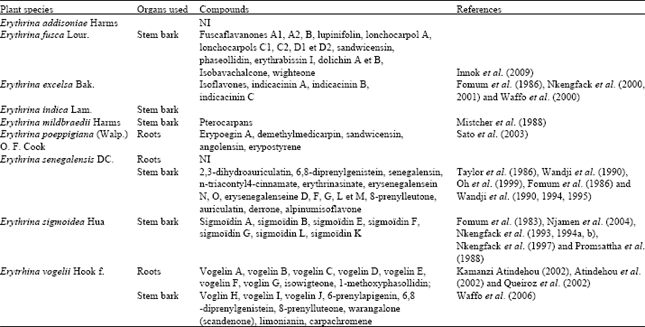Review Article
Assessing Sub-saharian Erythrina for Efficacy: Traditional uses, Biological Activities and Phytochemistry
Institut Pasteur de Cote d�Ivoire, BP 490 Abidjan 01, Cote d�Ivoire
Kakou-Ngazoa E. Solange
Institut Pasteur de Cote d�Ivoire, BP 490 Abidjan 01, Cote d�Ivoire
Mireille Dosso
Institut Pasteur de Cote d�Ivoire, BP 490 Abidjan 01, Cote d�Ivoire










